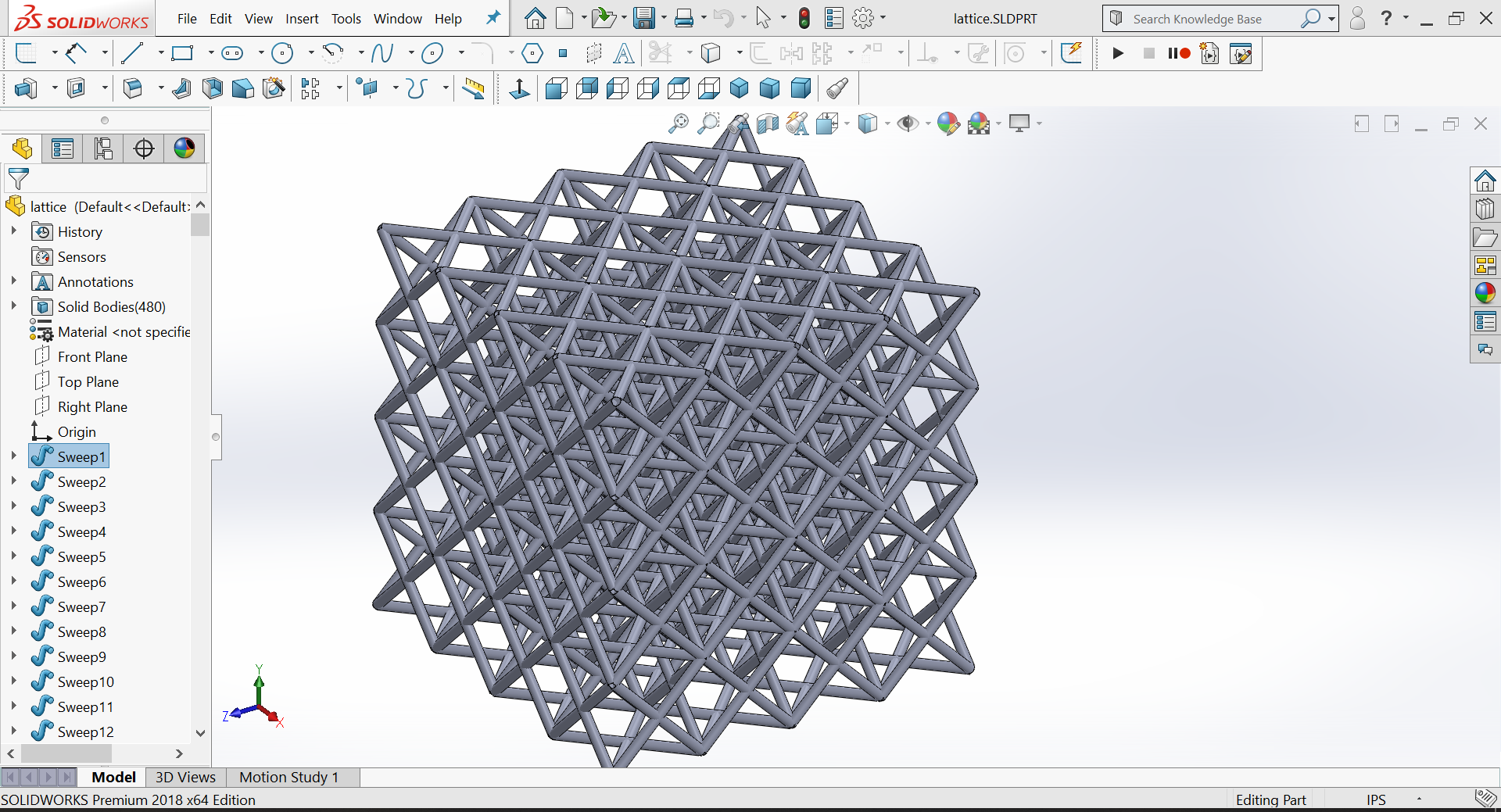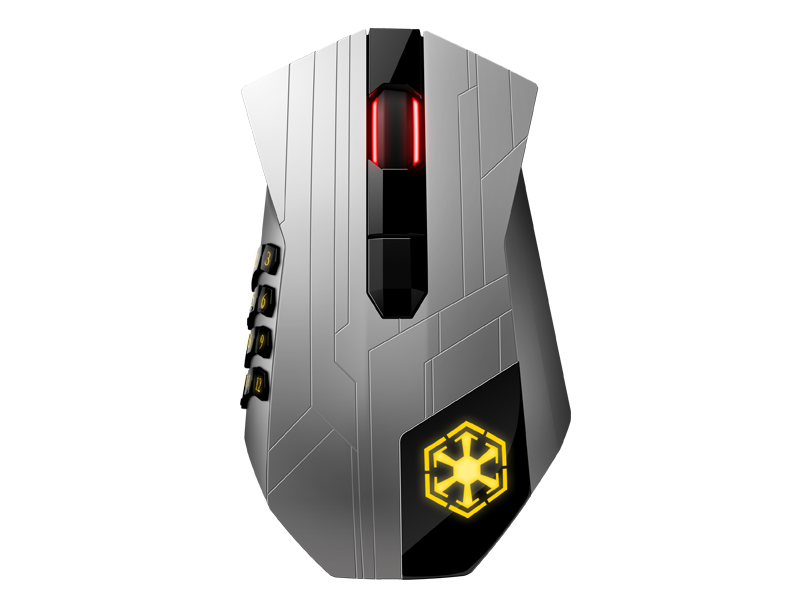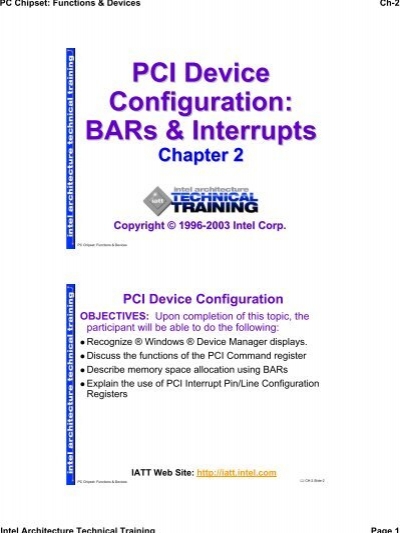
- Space E800 Port Devices Driver Download For Windows 10
- Space E800 Port Devices Driver Download For Windows 10 Windows 7
- Space E800 Port Devices Driver Download For Windows 10 Xp
- Space E800 Port Devices Driver Download For Windows 10 Pro
Delight users with the intuitive control of an optional 10-point capacitive touchscreen that makes the most of Windows 8 7 The hub of your mobile world Speed up charging with a fast charging USB port. The nearly 2.8x stronger charging current helps compatible devices charge faster than standard USB 3.0 ports.9. Driver Download. Driver Description SiS190 100/10 Ethernet Device Driver Date 11/5/2004 Driver Version 2.0.1039.1020. Port E800-E803 Exclusive SiS 182 RAID. With the AXR4, Steinberg sets a new standard in audio interfaces for studios, producers and professional musicians. Featuring connectivity and facilities aimed at professional-level recording, including 32-bit integer resolution and a sample rate of up to 384 kHz, this premium audio interface significantly raises the bar. Wireless freedom for all your devices. Our best and most versatile headset, essential to mobile and computer users, as well as gamers. The H800 features a USB nano receiver for computers and Bluetooth ® for smartphones, tablets and Bluetooth-enabled computers. Easy to connect and switch between devices with no wires to get in your way. The e800 comes with Windows 2003, but a completely free firmware upgrade is available that upgrades it to Windows 2003 Second Edition. The included Win2k3 boots in 8 seconds while Win2k3SE boots in about 40 seconds, although, I still highly recommend buyers of the Toshiba e800 to upgrade to Win2k3SE version.
Intel Gigabit Linux driver.Copyright(c) 2008-2018 Intel Corporation.
Contents¶
Identifying Your Adapter
Command Line Parameters
Additional Configurations
Support
Identifying Your Adapter¶
For information on how to identify your adapter, and for the latest Intelnetwork drivers, refer to the Intel Support website:https://www.intel.com/support
Command Line Parameters¶
If the driver is built as a module, the following optional parameters are usedby entering them on the command line with the modprobe command using thissyntax:
There needs to be a <VAL#> for each network port in the system supported bythis driver. The values will be applied to each instance, in function order.For example:
In this case, there are two network ports supported by e1000e in the system.The default value for each parameter is generally the recommended setting,unless otherwise noted.
NOTE: A descriptor describes a data buffer and attributes related to the databuffer. This information is accessed by the hardware.
InterruptThrottleRate¶
0,1,3,4,100-100000
3
Interrupt Throttle Rate controls the number of interrupts each interruptvector can generate per second. Increasing ITR lowers latency at the cost ofincreased CPU utilization, though it may help throughput in some circumstances.
Setting InterruptThrottleRate to a value greater or equal to 100will program the adapter to send out a maximum of that many interruptsper second, even if more packets have come in. This reduces interruptload on the system and can lower CPU utilization under heavy load,but will increase latency as packets are not processed as quickly.
The default behaviour of the driver previously assumed a staticInterruptThrottleRate value of 8000, providing a good fallback value forall traffic types, but lacking in small packet performance and latency.The hardware can handle many more small packets per second however, andfor this reason an adaptive interrupt moderation algorithm was implemented.
The driver has two adaptive modes (setting 1 or 3) in whichit dynamically adjusts the InterruptThrottleRate value based on the trafficthat it receives. After determining the type of incoming traffic in the lasttimeframe, it will adjust the InterruptThrottleRate to an appropriate valuefor that traffic.
The algorithm classifies the incoming traffic every interval intoclasses. Once the class is determined, the InterruptThrottleRate value isadjusted to suit that traffic type the best. There are three classes defined:“Bulk traffic”, for large amounts of packets of normal size; “Low latency”,for small amounts of traffic and/or a significant percentage of smallpackets; and “Lowest latency”, for almost completely small packets orminimal traffic.
- 0: Off
Turns off any interrupt moderation and may improve small packet latency.However, this is generally not suitable for bulk throughput traffic dueto the increased CPU utilization of the higher interrupt rate.
- 1: Dynamic mode
This mode attempts to moderate interrupts per vector while maintainingvery low latency. This can sometimes cause extra CPU utilization. Ifplanning on deploying e1000e in a latency sensitive environment, thisparameter should be considered.
- 3: Dynamic Conservative mode (default)
In dynamic conservative mode, the InterruptThrottleRate value is set to4000 for traffic that falls in class “Bulk traffic”. If traffic falls inthe “Low latency” or “Lowest latency” class, the InterruptThrottleRate isincreased stepwise to 20000. This default mode is suitable for mostapplications.
- 4: Simplified Balancing mode
In simplified mode the interrupt rate is based on the ratio of TX andRX traffic. If the bytes per second rate is approximately equal, theinterrupt rate will drop as low as 2000 interrupts per second. If thetraffic is mostly transmit or mostly receive, the interrupt rate couldbe as high as 8000.
- 100-100000:
Setting InterruptThrottleRate to a value greater or equal to 100will program the adapter to send at most that many interrupts per second,even if more packets have come in. This reduces interrupt load on thesystem and can lower CPU utilization under heavy load, but will increaselatency as packets are not processed as quickly.
NOTE: InterruptThrottleRate takes precedence over the TxAbsIntDelay andRxAbsIntDelay parameters. In other words, minimizing the receive and/ortransmit absolute delays does not force the controller to generate moreinterrupts than what the Interrupt Throttle Rate allows.
RxIntDelay¶
0-65535 (0=off)
0
This value delays the generation of receive interrupts in units of 1.024microseconds. Receive interrupt reduction can improve CPU efficiency ifproperly tuned for specific network traffic. Increasing this value adds extralatency to frame reception and can end up decreasing the throughput of TCPtraffic. If the system is reporting dropped receives, this value may be settoo high, causing the driver to run out of available receive descriptors.
CAUTION: When setting RxIntDelay to a value other than 0, adapters may hang(stop transmitting) under certain network conditions. If this occurs a NETDEVWATCHDOG message is logged in the system event log. In addition, thecontroller is automatically reset, restoring the network connection. Toeliminate the potential for the hang ensure that RxIntDelay is set to 0.
RxAbsIntDelay¶
0-65535 (0=off)
8
This value, in units of 1.024 microseconds, limits the delay in which areceive interrupt is generated. This value ensures that an interrupt isgenerated after the initial packet is received within the set amount of time,which is useful only if RxIntDelay is non-zero. Proper tuning, along withRxIntDelay, may improve traffic throughput in specific network conditions.
TxIntDelay¶
0-65535 (0=off)
8
This value delays the generation of transmit interrupts in units of 1.024microseconds. Transmit interrupt reduction can improve CPU efficiency ifproperly tuned for specific network traffic. If the system is reportingdropped transmits, this value may be set too high causing the driver to runout of available transmit descriptors.
TxAbsIntDelay¶
0-65535 (0=off)
32
This value, in units of 1.024 microseconds, limits the delay in which atransmit interrupt is generated. It is useful only if TxIntDelay is non-zero.It ensures that an interrupt is generated after the initial Packet is sent onthe wire within the set amount of time. Proper tuning, along with TxIntDelay,may improve traffic throughput in specific network conditions.
copybreak¶
0-xxxxxxx (0=off)
256
The driver copies all packets below or equaling this size to a fresh receivebuffer before handing it up the stack.This parameter differs from other parameters because it is a single (not 1,1,1etc.) parameter applied to all driver instances and it is also availableduring runtime at /sys/module/e1000e/parameters/copybreak.
To use copybreak, type:
SmartPowerDownEnable¶
0,1
0 (disabled)

Allows the PHY to turn off in lower power states. The user can turn off thisparameter in supported chipsets.
KumeranLockLoss¶
Space E800 Port Devices Driver Download For Windows 10
0,1
1 (enabled)
This workaround skips resetting the PHY at shutdown for the initial siliconreleases of ICH8 systems.
IntMode¶
0-2
0
Value | Interrupt Mode |
|---|---|
0 | Legacy |
1 | MSI |
2 | MSI-X |
IntMode allows load time control over the type of interrupt registered for bythe driver. MSI-X is required for multiple queue support, and some kernels andcombinations of kernel .config options will force a lower level of interruptsupport.
This command will show different values for each type of interrupt:
CrcStripping¶

0,1
1 (enabled)
Strip the CRC from received packets before sending up the network stack. Ifyou have a machine with a BMC enabled but cannot receive IPMI traffic afterloading or enabling the driver, try disabling this feature.
WriteProtectNVM¶
0,1

1 (enabled)
If set to 1, configure the hardware to ignore all write/erase cycles to theGbE region in the ICHx NVM (in order to prevent accidental corruption of theNVM). This feature can be disabled by setting the parameter to 0 during initialdriver load.
NOTE: The machine must be power cycled (full off/on) when enabling NVM writesvia setting the parameter to zero. Once the NVM has been locked (via theparameter at 1 when the driver loads) it cannot be unlocked except via powercycle.
Debug¶
0-16 (0=none,…,16=all)
Space E800 Port Devices Driver Download For Windows 10 Windows 7
0
This parameter adjusts the level of debug messages displayed in the system logs.
Additional Features and Configurations¶
Jumbo Frames¶
Jumbo Frames support is enabled by changing the Maximum Transmission Unit (MTU)to a value larger than the default value of 1500.
Use the ifconfig command to increase the MTU size. For example, enter thefollowing where <x> is the interface number:
Alternatively, you can use the ip command as follows:
This setting is not saved across reboots. The setting change can be madepermanent by adding ‘MTU=9000’ to the file:
For RHEL: /etc/sysconfig/network-scripts/ifcfg-eth<x>
For SLES: /etc/sysconfig/network/<config_file>
NOTE: The maximum MTU setting for Jumbo Frames is 8996. This value coincideswith the maximum Jumbo Frames size of 9018 bytes.
NOTE: Using Jumbo frames at 10 or 100 Mbps is not supported and may result inpoor performance or loss of link.
NOTE: The following adapters limit Jumbo Frames sized packets to a maximum of4088 bytes:
Intel(R) 82578DM Gigabit Network Connection
Intel(R) 82577LM Gigabit Network Connection
The following adapters do not support Jumbo Frames:
Intel(R) PRO/1000 Gigabit Server Adapter
Intel(R) PRO/1000 PM Network Connection
Intel(R) 82562G 10/100 Network Connection
Intel(R) 82562G-2 10/100 Network Connection
Intel(R) 82562GT 10/100 Network Connection
Intel(R) 82562GT-2 10/100 Network Connection
Intel(R) 82562V 10/100 Network Connection
Intel(R) 82562V-2 10/100 Network Connection
Intel(R) 82566DC Gigabit Network Connection
Intel(R) 82566DC-2 Gigabit Network Connection
Intel(R) 82566DM Gigabit Network Connection
Intel(R) 82566MC Gigabit Network Connection
Intel(R) 82566MM Gigabit Network Connection
Intel(R) 82567V-3 Gigabit Network Connection
Intel(R) 82577LC Gigabit Network Connection
Intel(R) 82578DC Gigabit Network Connection
NOTE: Jumbo Frames cannot be configured on an 82579-based Network device ifMACSec is enabled on the system.
ethtool¶
The driver utilizes the ethtool interface for driver configuration anddiagnostics, as well as displaying statistical information. The latest ethtoolversion is required for this functionality. Download it at:
NOTE: When validating enable/disable tests on some parts (for example, 82578),it is necessary to add a few seconds between tests when working with ethtool.
Speed and Duplex Configuration¶
In addressing speed and duplex configuration issues, you need to distinguishbetween copper-based adapters and fiber-based adapters.
In the default mode, an Intel(R) Ethernet Network Adapter using copperconnections will attempt to auto-negotiate with its link partner to determinethe best setting. If the adapter cannot establish link with the link partnerusing auto-negotiation, you may need to manually configure the adapter and linkpartner to identical settings to establish link and pass packets. This shouldonly be needed when attempting to link with an older switch that does notsupport auto-negotiation or one that has been forced to a specific speed orduplex mode. Your link partner must match the setting you choose. 1 Gbps speedsand higher cannot be forced. Use the autonegotiation advertising setting tomanually set devices for 1 Gbps and higher.
Speed, duplex, and autonegotiation advertising are configured through theethtool utility.
Caution: Only experienced network administrators should force speed and duplexor change autonegotiation advertising manually. The settings at the switch mustalways match the adapter settings. Adapter performance may suffer or youradapter may not operate if you configure the adapter differently from yourswitch.
An Intel(R) Ethernet Network Adapter using fiber-based connections, however,will not attempt to auto-negotiate with its link partner since those adaptersoperate only in full duplex and only at their native speed.
Enabling Wake on LAN (WoL)¶
WoL is configured through the ethtool utility.
WoL will be enabled on the system during the next shut down or reboot. Forthis driver version, in order to enable WoL, the e1000e driver must be loadedprior to shutting down or suspending the system.
NOTE: Wake on LAN is only supported on port A for the following devices:- Intel(R) PRO/1000 PT Dual Port Network Connection- Intel(R) PRO/1000 PT Dual Port Server Connection- Intel(R) PRO/1000 PT Dual Port Server Adapter- Intel(R) PRO/1000 PF Dual Port Server Adapter- Intel(R) PRO/1000 PT Quad Port Server Adapter- Intel(R) Gigabit PT Quad Port Server ExpressModule
Support¶
For general information, go to the Intel support website at:
or the Intel Wired Networking project hosted by Sourceforge at:
If an issue is identified with the released source code on a supported kernelwith a supported adapter, email the specific information related to the issueto e1000-devel@lists.sf.net.
All equipment facilities installed on Packard Bell EasyNoteMX52 are listed below. In order to facilitate the search for the necessary driver, choose one of the Search methods: either by Device Name (by clicking on a particular item, i.e. ATI Radeon X1200 Series ) or by Device ID (i.e. PCIVEN_1002&DEV_791F).
Packard Bell EasyNoteMX52 laptop features 42 devices.
